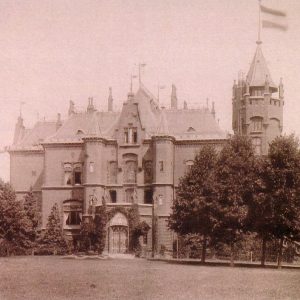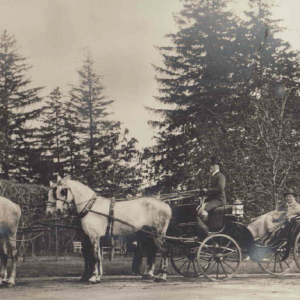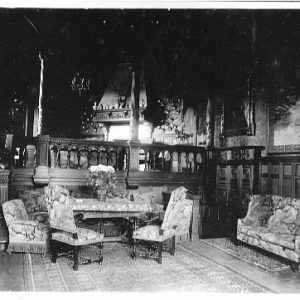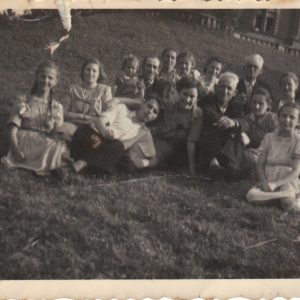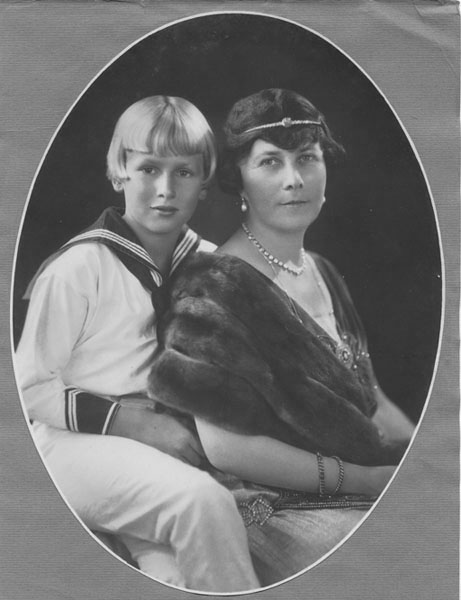
The beginning of the story
Seven hundred years ago, in the middle of the Middle Ages, when primeval forests overgrew most of Greater Poland, the Benedictines of Lubin brought settlers to its western fringes to establish a settlement amidst the ancient beech trees and forests and begin to cultivate the land. Hardy and hard-working people quickly repaid their benefactors by clearing the forest thickets and building houses. This is how the village was founded, which may have been named Wąsowo after the appearance of its inhabitants.
Less than a century later, the landed estates already belonged to the knight Paul of Niegolew, a member of an ancient and highly distinguished family of Wielkopolska. Over the next centuries, the Wąsowo estate passed through the hands of many noble families of Greater Poland: Rogowski, Zakrzewski or Raczynski.
In 1781 the next owner of the estate became Sylwester Sczaniecki, starosta of Środa and member of the Sejm of the Polish-Lithuanian Commonwealth. Between 1781 and 1786 he erected a baroque-classicist palace in Wąsow , the family seat of the Sczanieckis. It was one of the typical residences that were built in Greater Poland at the end of the 18th century.
Groundbreaking events
The splendor of the former owners is reminded today by a triangular pediment with the family coats of arms of the Sczanieckis – Ossoria and Skórzewskis – Ogończyk, as well as a beautiful rotunda-shaped chapel erected in 1786 -1790, located in the vicinity of the residence.
The historical turmoil caused the impoverishment of many Polish families, including the Sczanieckis. The decrepit Wąsowo estate was acquired in 1860 by Ludwik Lewinka, a merchant from Tuchola, through a compulsory purchase, and then eight years later he sold it to Berlin banker Richard von Hardt. Despite the existence in the acquired estate of a spacious palace built 90 years ago by Sylwester Sczaniecki, the new owner, brought up perhaps on the romantic legends of the Middle Ages, erected in 1870-72 a magnificent building referring in style to castles of that era. The designer of the palace was a well-known Berlin architect – Gustav Erdmann. After Richard’s death in 1898 (he was buried in Wąsow park), the majorate formed from Wąsow and the estates belonging to it: Chraplewo and Glupoń were inherited by his son Friedrich Wilhelm von Hardt (1855-1938). Shortly before 1900, upon hearing that Kaiser Wilhelm II was planning to visit Wąsow, the then host expanded the residence. A wing was added, a grand entrance and the tower was rebuilt, creating the image of a neo-Gothic castle full of secrets and legends. The next owner of the palace became, after Friedrich Wilhelm’s death in 1938, his eldest son Richard von Hardt (1882-1945), who was killed in Wąsow during the march of Soviet troops. After the end of World War II, the land and buildings of the Wąsowo estate were taken over by the Polish State Treasury, and State Agricultural Farms were established there.
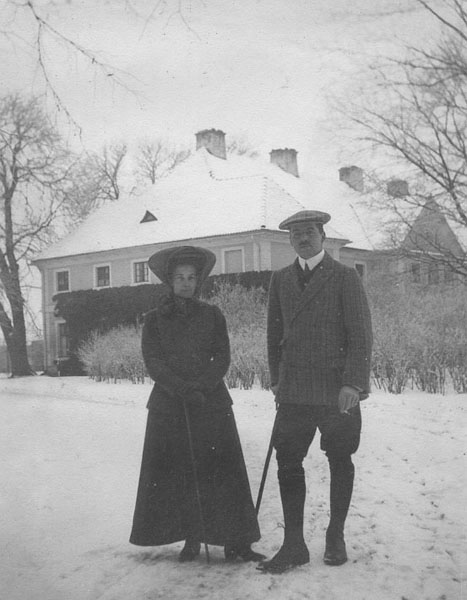
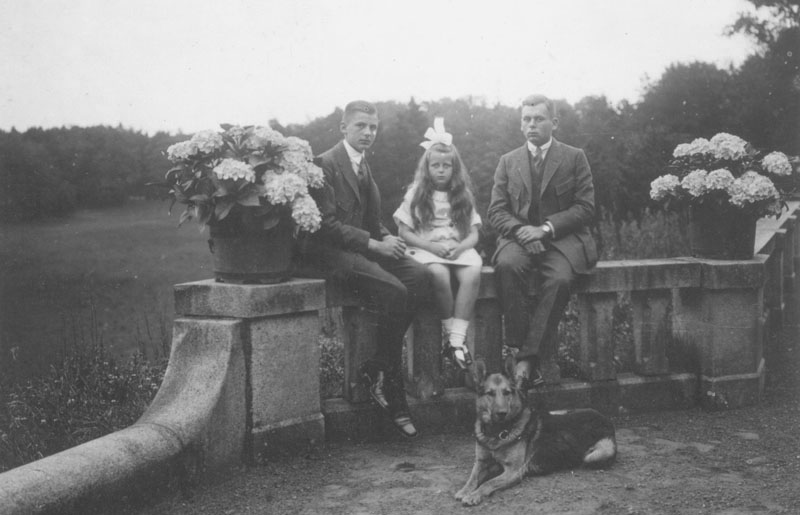
From the past to the present
Since 1995, the Wąsow Palace has been in private hands. It has been painstakingly restored and turned into a hotel and restaurant center.
On February 19, 2011, a fire broke out at the Hardt Palace, destroying much of the building. Despite many obstacles, thanks to the commitment of the hotel’s owners, it was possible to rebuild and make the building accessible again in a few months. The roof was reconstructed, the historic rooms were restored to their former appearance and the hotel section was renovated. The reconstruction culminated in the reconstruction of the palace tower in the fall of 2017.
In 2012. The palace gained a new facility – a conference and banquet hall called “Parkowa” with an area of 400 m2. Located in the seclusion of a charming English park, it is an ideal place to organize training courses, weddings or banquets.



